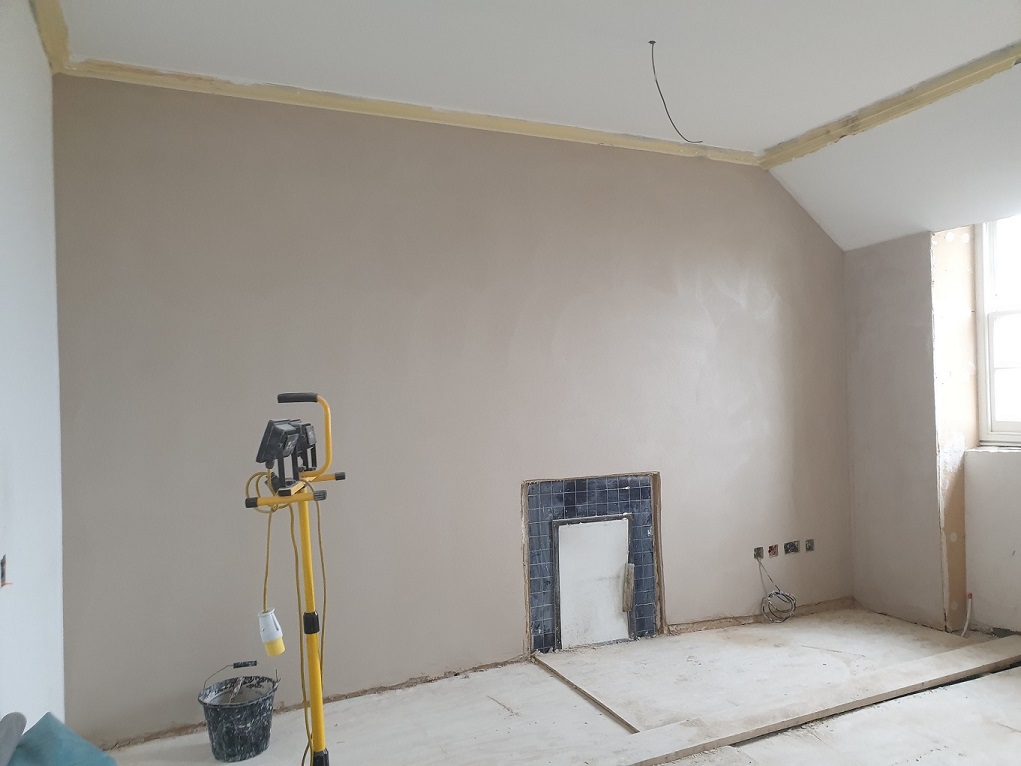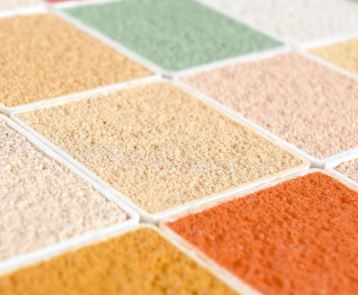Knowledge base
What Is Lime?
Education guide A1
For the past 7000 years lime was one of the most important elements in traditional construction, used widely in every aspect of building. The majority of buildings from great Roman engineering achievements to simple 19th century cottages, employed lime in some if not in many areas, lime concrete, mortar for bedding, renders and paints etc.
Over the last sixty to seventy years it fell out of favour but has more recently enjoyed a revival. Its benefits are many but include; a great ability to breathe, remain flexible, containing few if any soluble salts and is environmentally friendly.
TimeLine of Lime/Cement
-
3000 BC Egyptians used mud mixed with straw to bind dried bricks. They also used gypsum mortars and lime-based mortars in the pyramids.
-
300 BC - 476 AD Romans used pozzolana cement from Pozzuoli, Italy near Mt. Vesuvius to build Roman baths, the Coliseum and Pantheon, and the Pont du Gard aqueduct in south France.
Pliny reported a mortar mixture of 1 part lime to 4 parts sand, animal fat, milk, and blood were used as admixtures
-
1200 - 1500 In the Middle Ages the quality of binders deteriorated. The use of burnt lime and pozzolan (admixture) was lost, but reintroduced in the 1300's.
-
1793 John Smeaton found that the calcination of limestone containing clay gave a lime which hardened under water (hydraulic lime). He used hydraulic lime to rebuild Eddystone Lighthouse in Cornwall, England which he had been commissioned to build in
-
1756, but had to first invent a material that would not be affected by water.
-
1796 James Parker from England patented a natural hydraulic cement by calcining nodules of impure limestone containing clay, called Parker's Cement or Roman Cement.
-
1812 -1813 Louis Vicat of France prepared artificial hydraulic lime by calcining synthetic mixtures of limestone and clay.
-
1824 Joseph Aspdin of England invented Portland cement by burning finely ground chalk with finely divided clay in a lime kiln until carbon dioxide was driven off. The sintered product was then ground and he called it Portland cement, named after the high-quality building stones quarried at Portland, England.
-
1860 The beginning of the era of Portland cements of modern composition.
-
1903 The first concrete high rise was built in Cincinnati,
-
1920 The use of Portland cement became more widespread and the decline on of lime based mortars.
What Is Lime Made From
In its simplest terms, lime is a binder and it is made up of calcium carbonate mainly (more than 70%) but also of silica, iron oxide, aluminium or other minerals in smaller proportions.
How Is Lime Made
Limestone is quarried, the lime is the end result of baking limestone at a temperature between 800 ° C and 1000 ° C, to form a quicklime by driving off the carbon dioxide. It is then ground down and bagged at source. They are then either classified as non-hydraulic or hydraulic lime.
Non-hydraulic lime comes in two forms – a dry powder and a putty. Lime putty is generally used for internal work and as a lime wash and the powder (known as ‘builders’ lime) is used in lime cement mortars.
Please note: Cement and lime have very different characteristics, which makes them suitable to different applications. However, once cement has been added to lime, substantial problems can arise when applied to a building formerly maintained using lime mortars including the risk of internal condensation problems.
Lime Green will not advise the use of cement in any lime-based mortars.
Hydraulic lime is produced as a dry powder, many of our products are based on hydraulic and are designed to ‘just add water’. Hydraulic lime can endure more hostile conditions on buildings, internally and externally. Hydraulic or to give it its proper term ‘hydraulicity’ is the mortar’s capability to handle moisture.
Natural Hydraulic Limes (NHL’s) are classified by British Standard according to their compressive strength. These grades are associated with the terms feebly hydraulic (NHL2), moderately hydraulic (NHL 3.5) and eminently hydraulic (NHL5). However, lime-based mortars have an inherent flexibility, are self-healing and strength is one of the less important characteristics.
-
NHL 2 is softer and slow setting, suitable for internal applications or where conservation is a primary concern with soft or deteriorating stones and bricks;
-
NHL 3.5 is an all-round general mortar. It can be used with bricks, facings, commons, blockwork, sandstone, limestone, terracotta, internal & external building work, cavity & solid wall construction, bedding, pointing and re-pointing;
-
NHL 5 is a very strong lime mortar to be used where there is severe exposure to weather and water, above rooflines, below DPC, including copings and cappings, and earth retaining walls.
To find out more about these limes, please look at our ‘Knowledge Base’ tab and click on ‘Hydraulic Lime or Hydrated Lime’.
How It’s Sold:
We sell Natural Lime Mortar, plaster, render, specialist grouts and more in 25kg paper sacks and 1 tonne bags.
How Cement/Gypsum Is Made
Limestone is heated with sand or clay in a kiln, producing a ‘clinker’. Variable amounts of mineral gypsum are added to produce the preferred setting properties. Produced in a bag form, generally grey in colour, water is then added to cause the cement to set. By adding cement, aggregate and water in differing amounts, concrete, cement plaster and cement mortar are formed.
Using cement mixes on buildings that were previously constructed using lime, dramatically reduces the passage of moisture, causing a slower drying out time and therefore an increased risk of damp problems. Cement also has a negative aesthetic impact. Generally applied superficially, this certainly gives the look of stones or brickwork swamped in a sea of grey mortar.

